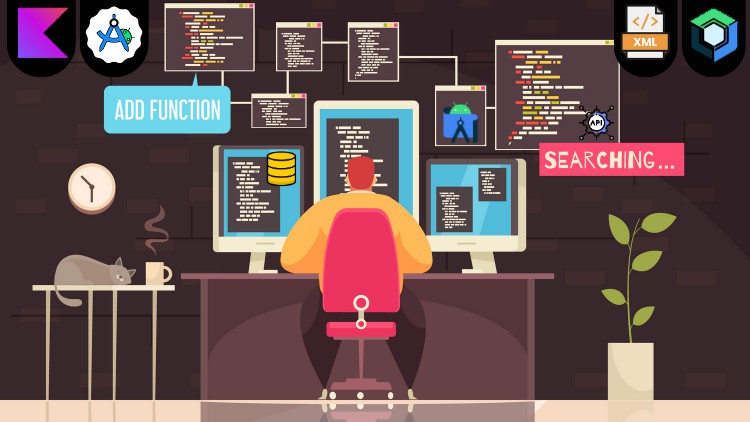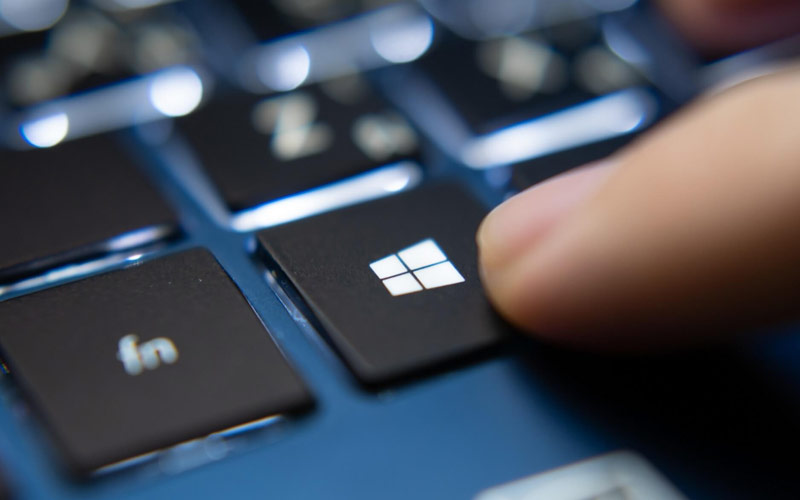Table of Contents
In digital communication, emojis are on fire when visual data often conveys critical thoughts in excellent, concise, and amusing approaches. As the world changed due to COVID-19, new emojis deployment strategies have emerged as an answer.
The Functions Of Emoji
In fact, emojis function number one is not always to usurp language. It provides essential non-verbal cues for successful communication and frequently strengthens connections with a splash of humor. They could replace or update whole sentences, for example.
The fire emoji is used to indicate that something is “on fire” cool, amazing, or exciting. It may also result in someone being attractive or seeking guidance from other different metaphorical flames.
Nothing is expected in response to a funny comment but the face with emoji tears of joy. Emojis will reinforce the point of the other when someone proclaims their love for you through heart emoji. This provides a real-love, multimodal message.
Reminding someone to wash their fingers can be reiterated quickly and humorously by placing the emoji soap cleaner counter. Often, Emojis offers inconsistencies. Imagine trying to get irony in textspeak without an emoji in.
The rolling eyes emoji, for example, often warns that the context of a message is the other of what the sentences definitely say. In line with this, emojis explains how to interpret textspeak or to supplement its meaning. For example, a wink will tone down phrases that could be misinterpreted negatively.
The Apple Microbe Emoji
Conventional forms of portraying COVID-19 include the microbe and the face with a medical mask emojis, according to the website, Emojipedia. Some firms have developed their very own for emoji. For example, Twitter users can use the #SafeHandsChallenge hashtag to display a custom hand-washing emoji.
Although the microbe was established in 2018, tech giants make it in strikingly exclusive ways. The Apple edition, for example, looked like a virus while The Microsoft model looks like a bacterium.
Although the general public has nothing much to say about the spread of the virus itself, it is worth understanding how online coronavirus via emojis is debated and responded to by the netizens.
Emojipedia analyzed almost 50,000 tweets from March 2020. The top five emojis most closely linked to COVID-19 were: Microbe; Face with medical masks; Nauseated face; Sneezing face; and Bar of soap.
Historical Representation
Mixed emojis are also being used. Spanish speakers, for example, created an emoji combination for coronavirus using the crown (corona in Spanish) and microbe emojis. The use of the crown emoji isn’t just an example of creative juices. It is also linked to a historical principle in the forming of visual representation.
Thanks to cuneiform, the world’s earliest writing system which was established over 5,000 years ago. The theory is to illustrate an abstract idea of using an image of something concrete. Emojis trended as the “sexy” peach emoji was repurposed by netizens in 2019 as a call to impeach US President Donald Trump.
Communicating Concerns And Recommendation
Why are emojis an appropriate way to express worries, hygiene advice, and even reminders of protocols of social distance amid coronavirus pandemic? Even in written form, digital verbal communication remains fundamentally visual, and people are basically visual creatures.
Around two-thirds of neural activity in the brain correlates to vision (when our eyes are open). Approximately 40 percent of nerve fibers in the brain are connected to the retina. It takes a grown-up 100 milliseconds to recognize an object.
The emojis represent a “visual gestalt” (shape) in the digital conversation. An emoji provides an immediately recognizable visual icon that represents a relatively complex concept that can be transmitted more quickly and effectively on occasion than in phrases.
Most specifically, emojis improve fully digital communication based on tone, an awful lot as gestures and body language do in offline, face-to-face verbal contact. And that’s as true when interacting during the COVID-19 pandemic using emojis.
Takeaway
Our online verbal exchange, through the use of emojis, will reveal a great deal about our reaction to the COVID-19 pandemic in this way – and ourselves. The emojis are intended as a way for the netizens to share their guide among themselves.




